zapman29
TPF Noob!
- Joined
- May 21, 2008
- Messages
- 90
- Reaction score
- 0
- Location
- Okinawa
- Can others edit my Photos
- Photos OK to edit
for those that dont use program modes, I was wondering is there a base line for apeture, iso, shutterspeed for photos taken?, ie: portratis, scene, action, i mean somtimes you dont know what your going to shoot and me being a novice would be nice to have a baseline of what to set my camera too for the event..


 something to feed the need, eh?
something to feed the need, eh?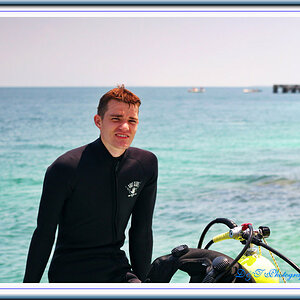
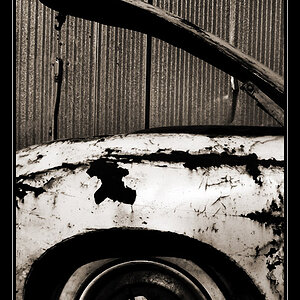
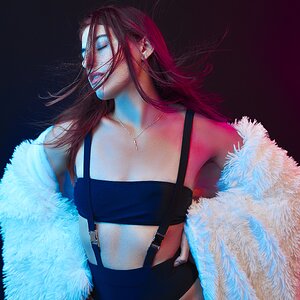
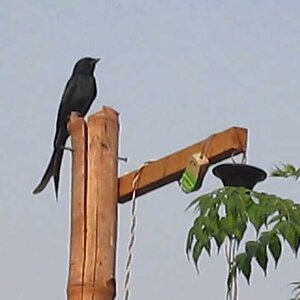
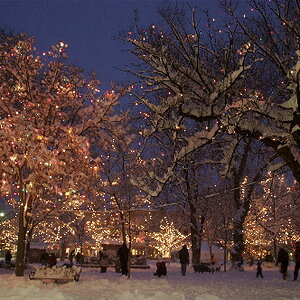
![[No title]](/data/xfmg/thumbnail/42/42268-15c1c02cec1d71208987fc7c7ec7784c.jpg?1619740077)
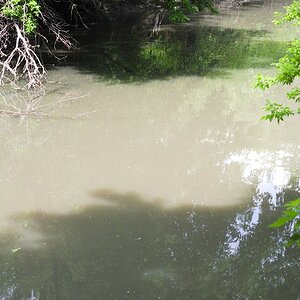
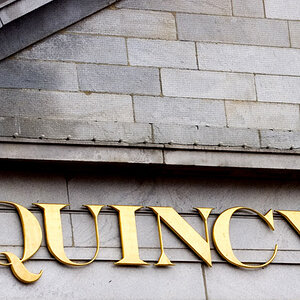
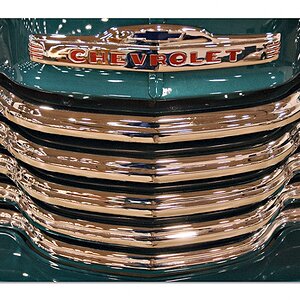
![[No title]](/data/xfmg/thumbnail/31/31977-2b717e032201241cbeae8226af23eba4.jpg?1619735136)
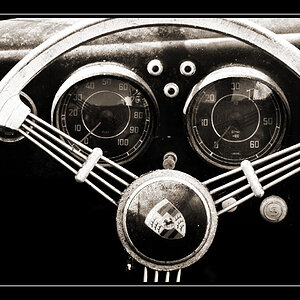
![[No title]](/data/xfmg/thumbnail/31/31978-02cde49248ebdf1b82fba5c899e08378.jpg?1619735136)